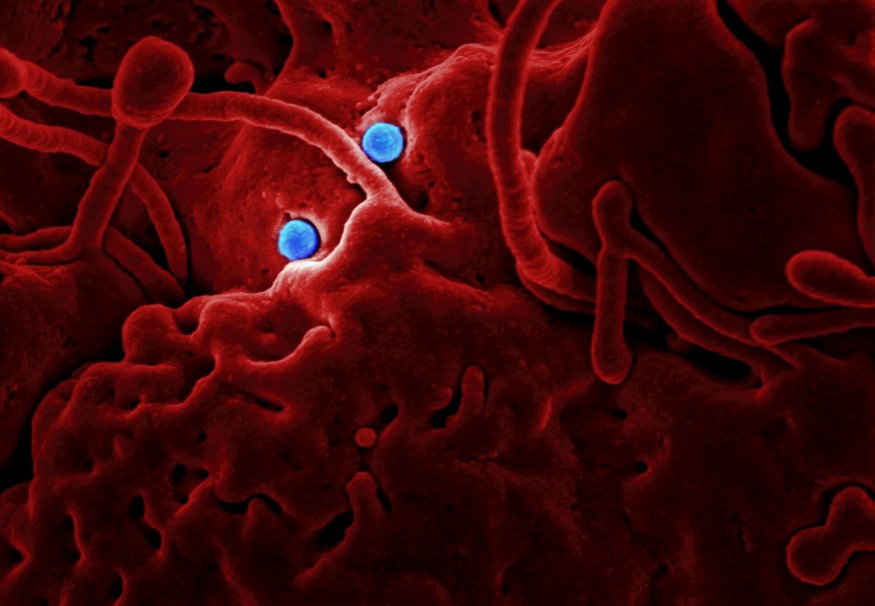Flesh-eating bacteria have caused an alarming concern in Japan's public health over the last several months this year, causing an outbreak of a deadly infection called Streptococcal Toxic Shock Syndrome (STSS). STSS infections have skyrocketed in just the first half of 2024, reaching nearly 1,000 cases. Several deaths were also reported, and the majority of cases involve adults over the age of 30.
Japan's current fatal bacteria outbreak started following the lifting of COVID-19 restrictions in recent years. The culprit behind the STSS disease is a bacterium from Group A Streptococcus, abbreviated as GAS and also called Streptococcus pyogenes; its common symptoms are throat infection and tonsil infection. However, the growing number of infections across the East Asian nation causes necrosis, organ failure, and even death.
STSS transmission is not as fast as the novel coronavirus back in late 2019 and 2020. Yet cases of the flesh-eating bacterial infection in Japan is growing each year, with cases as of June 2024 greater than the reported number of infections in 2023, according to Japanese health authorities. The main reason behind the rapid spread of the invasive bacteria remains a mystery, but it can be spread through direct contact.
Flesh-Eating Bacteria

The STSS outbreak in Japan, caused by the flesh-eating bacteria Group A Streptococcus, has caused an alarm among the country's health officials as the pathogenic disease rapidly spreads and can quickly kill an infected person, at least within 48 hours. Local reports stated the capital city of Tokyo has been struck hard by the outbreak and incurred 145 cases during the first half of the year.
According to the National Institute of Infectious Disease (NIID), Japan recorded a total of 977 STSS cases nationwide from January to June 2024, surpassing the overall 941 cases of the lethal bacterial infection in the country in 2023. With a death rate of 30%, reports say health authorities are concerned as to how the pathogen can quickly kill a person, warning that people over the age of 50 are more vulnerable to the disease.
Streptococcal Toxic Shock Syndrome
In recent years, related STSS outbreaks have been reported not only in Japan but also in multiple countries worldwide, including France, Sweden, Ireland, the Netherlands, and the United Kingdom. A notable spike in cases occurred in these countries from late 2022 to early 2023, according to the NIID Japanese Government health agency.
Streptococcal toxic shock syndrome manifests in the body when the flesh-eating bacteria spread into deep tissues and the bloodstream, with the initial STSS symptoms include fever, chills, muscle aches, nausea, and vomiting. According to the Centers for Disease Control and Prevention (CDC), the bacterial disease can quickly get severe within 24 to 48 hours following a drop in blood pressure.
Although STSS can be treated, as many as 3 out of 10 people infected by the bacteria are likely to die, the CDC adds. Furthermore, a person with an open wound is more at risk of STSS infection.
© 2025 NatureWorldNews.com All rights reserved. Do not reproduce without permission.





